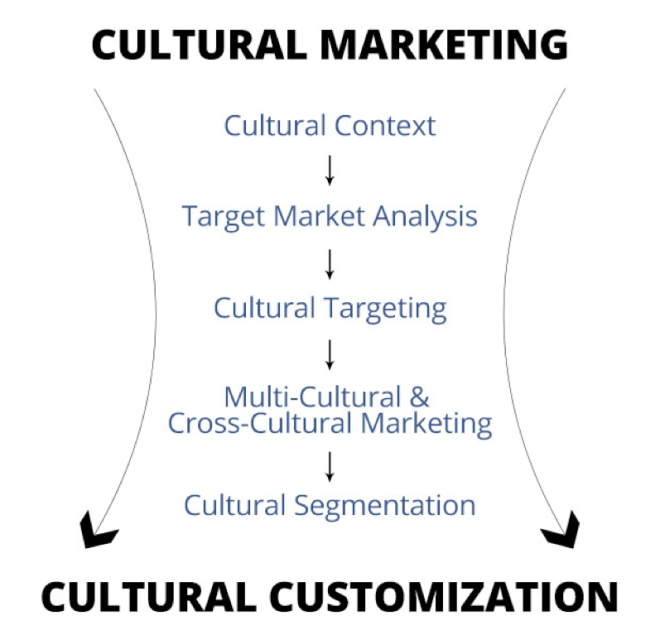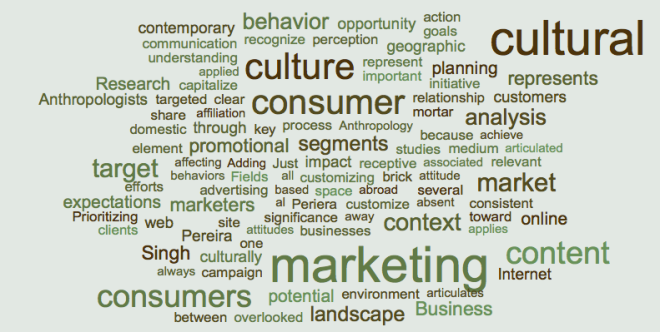by: Kenneth Cossin
We began to see a shift in traditional marketing with the advent of the Internet, social media, blogs, and other forms of digital technology in the mid and late 1990s. This movement was inevitable, because the industry of marketing must stay current with human trends. Consider the many businesses that struggled over the years, because they didn’t have the foresight or couldn’t keep up with changes. Thus, marketing and marketers themselves must have an ever-evolving perspective.
Enter the new age of further emerging technologies such as mobile and wearable devices, the Internet of Things, cloud technologies, augmented reality, virtual reality, artificial intelligence, and so on, and the marketing industry must morph once again. We marketers need to realize that whatever our marketing specialty is, we must consider how these new technologies will change it.
Big Data
With marketing buzzwords, such as big data, floating around, we all must consider how it will affect our jobs. Let’s take the Internet of Things for example. Devices, such as Alexa and Google Home listen to our questions and provide answers, but they are doing more than just that. They are collecting data on what we like, what we ask, what we request, how frequent we request it, and so on. These data are then used by Amazon and Google to market to us. Often, these data collected by these devices are sold off to businesses around the world to be used in their marketing.
In addition, these devices use machine learning, or AI, to improve results in the future. According to the article, “Better Personalization: The Intersection of AI, Automation, and Marketing,” these devices will help with dissecting consumer data to predict certain behaviors. If we can anticipate how a consumer may react, then we can better serve the consumer, and thus, be better marketers through the use of almost instant information.
Internet of Things
As of last years numbers, 58.9% of all mobile traffic is from mobile devices, and once 2018’s numbers are crunched, this number may be as much as 61.2%. Thus, as marketers, we need to understand how to effectively use the emerging technologies affecting mobile devices.
Let’s use the iPhone as an example, since it is the most popular mobile phone in the US. Siri is the built-in voice command system that allows the user to make requests. Now, consider how our home devices are connected through the Internet of Things, and we have a useful and powerful technology in our hands. We can set up our lights in our home to be controlled through the Internet of Things, and then, simply by downloading a respective app, we can use voice command to turn on and off individual lights or even all of them. We can even change the lights’ colors and brightness if they have these features.
AR/VR
Augmented reality has a lot of practical applications beyond only entertainment on our devices. For example, augmented reality can be used to create virutal fitting rooms to allow consumers to “try on” before buying. Lemon&Orange created a fun and interactive virtual fitting room for the business, Timberland that you can watch here. Take a look at some of the other video solutions.
Virtual reality also has many applications when it comes to mobile devices. We can tour a house before ever going to see it, visit far away places, test drive a car, and more, right from our phones. Some virtual reality experiences need an additional VR headset in which to insert their phone, but it allows the user to experience another world.
In essence, these technologies have a lot of potential for marketers in our future. The reward can be increased consumer awareness and engagement as well as sales of products and services, and ultimately consumer loyalty.






You must be logged in to post a comment.